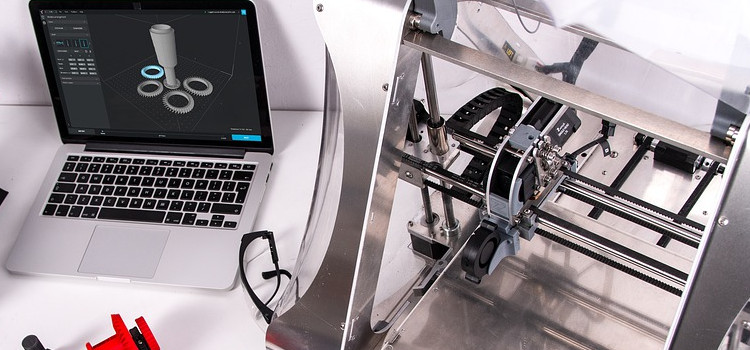Indoor 3D printers can be an interesting and beneficial tool for the household. However, before buying one, it is important to understand how safe it is inside the home.
Contents
But, are 3D printers safe to use indoors?
Yes! Most 3D printers are actually designed for use indoors only. These devices must be plugged into a power outlet and may not be turned off or on by accident. A 3D printer can be somewhat considered a fire hazard due to the heated bed, but it can produce fumes that irritate the eyes, nose, throat and lungs if there is no ventilation.
The following guide is specifically designed to look deeper into this question. Firstly, we have a look at what 3D printers are and why they might be of benefit to you. Secondly, we will explore the safety concerns with operating this machine and how it affects indoor use. Finally, we will give recommendations on some of the safest models available on the market today.
What types of 3D printers can be used indoors?
Many 3D printers are used indoors. The most common is the Ultimaker 3D printer. It can be used indoors because it is a desktop printer with a passive extrusion system. The Filaflex filament also has a low melting temperature, which means the fumes and smell are not overwhelming.
Do they create a lot of noise, and is this noisy for the household?
3D printers emit a lot of noise and this would be considered to be noisy for the household.
How safe are 3D printers to use indoors?
The safety of 3D printers depend on a number of factors: which type of printer is being used, the material being printed, the people who occupy the building and how much ventilation is available.
Normal desktop FDM (Fused Deposition Modeling) printers operate at ~220° C and should not be used in occupied living quarters without proper ventilation. They emit fumes that can irritate or harm human health if inhaled.
Large industrial DLP resin based printers usually have exhaust plumes that flow into exterior venting systems at ~310°C (or greater). Such materials create potentially hazardous gaseous emissions during printing, which may require dedicated ventilation equipment and protective clothing.
Safety Precautions When USING A 3d Printer Indoors
There are a few safety precautions that should be noted before using 3D printers indoors. The most important is ensuring the proper ventilation. It is a must to have good ventilation when operating any type of machine indoors, but even more so with 3D printers that produce heat and fumes as they print.
It’s also necessary to have a well-ventilated area away from the printer where any fumes can dissipate safely.
Consider your own local laws around 3d printers, and make sure you know where they are safe to operate. 3D printers will not work if there is no ventilation, so be sure you can remove the printer before starting, and then take it out of the building when it’s finished. If you live in a building that doesn’t allow use of 3D printing equipment indoors, this is a very common problem among many professional 3D printing shops that have business models that require them to lease space in high-density urban districts.
Conclusion
So, yes! 3d printers are for the most part designed to be used indoors. Hopefully this article helped you learn more about how to safely use them indoors. If you have any questions, please do not hesitate to contact us and we will get back to you as soon as possible.

